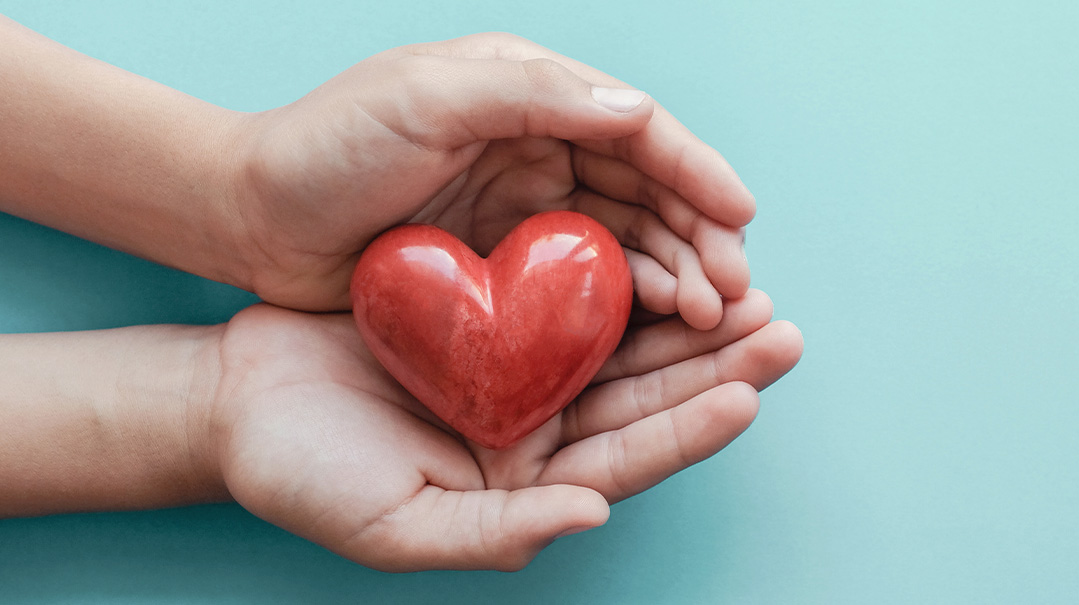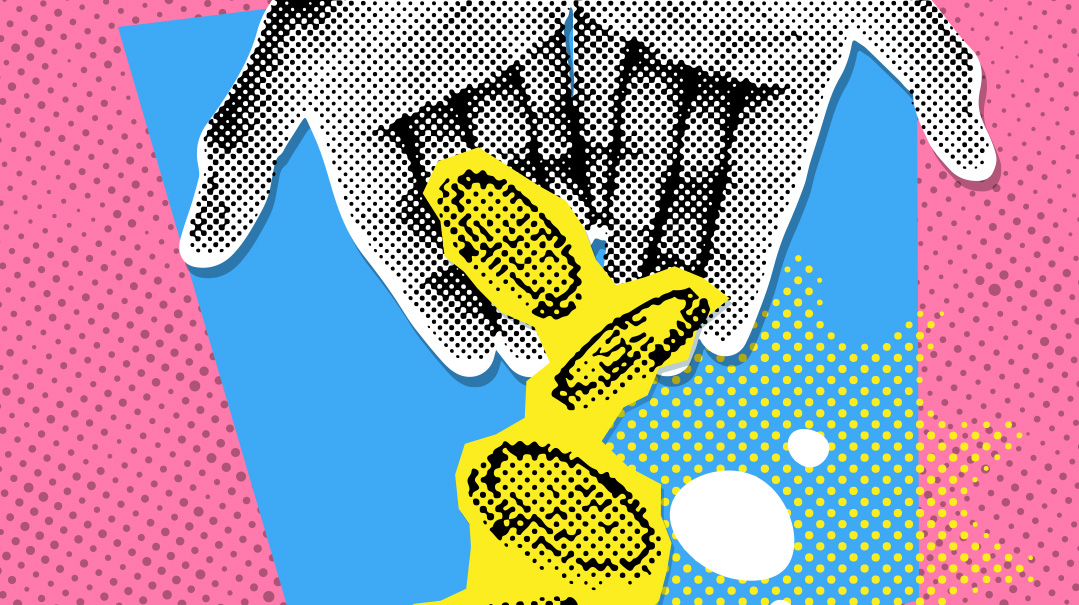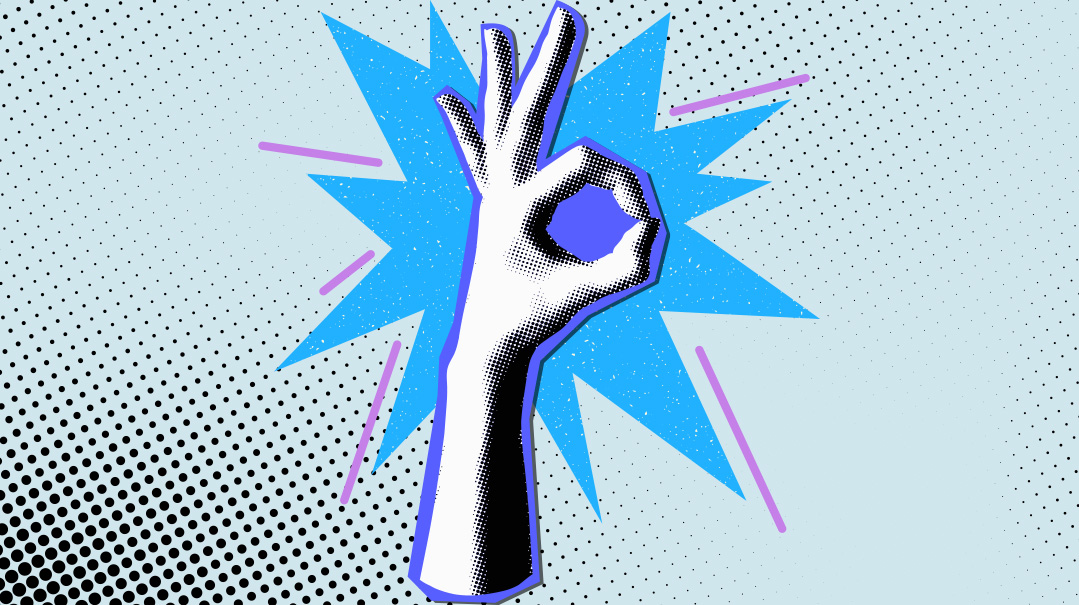Be Your Own Friend
| June 7, 2022This is how you feel right now, in this moment — it won’t last forever!

Be Your Own Friend
Shira Savit, MA, MHC, INHC
One major component to healing our relationship with food is changing the way we relate to ourselves.
When it comes to our struggles with food and weight, it’s so common to be hard on ourselves. The Inner Critic, as it’s often referred to, causes us to feel guilt and shame. The IC might sound something like this: Why can’t you just control yourself?! You really need to lose that weight once and for all. You should be embarrassed by the amount of food you just ate. You keep sabotaging your diet; there’s something wrong with you.
What’s ironic is that when we criticize ourselves, we’re often triggered to eat even more. When we feel badly about ourselves, we often turn to food for comfort, and then, of course, feel even worse about ourselves, all over again.
Using the F.R.I.E.N.D. acronym I developed, we can dampen the voice of our inner critic — even for a moment — and experience positive feelings toward ourselves. Over time, new neural pathways grow, and feeling good (rather than ashamed) becomes more familiar. Love and acceptance opens the doorway to growth and lasting change.
FEELINGS: When our inner critic shows up, negative emotions like shame, guilt, and embarrassment arise. There’s great power in identifying the feelings and the associated belief system. For example, right now I feel insecure; I feel like a big fat loser; I feel like a terrible mother.
REASSURANCE: After identifying feelings without judging them, we reassure ourselves. It’s okay to feel like this; all feelings are welcome. This is how you feel right now, in this moment — it won’t last forever!
INVITE compassion: speaking to ourselves in the way that a supportive friend would — with kind, loving, and gentle words. For example, I know it doesn’t feel good to have eaten all your kids’ leftovers when you weren’t even hungry, but it’s okay — you’re human! You don’t have to be perfect. You’re trying your best. I believe in you!
EMBRACE yourself: I recommend saying a positive affirmation that short-circuits negative brain wiring. The format used in the EFT “tapping” method is very helpful: “Even though I [fill in the blank with your own experience/feeling], I deeply and completely love and accept myself. For example, with or without tapping, say: “Even though I ate the whole box of cookies, I fully and completely love myself.” Or, “Even though I feel worthless, I deeply and completely love myself.” My clients often challenge, “C’mon, how am I gonna say these words when I don’t really love myself at all?” My response: there is neurophysiological evidence that supports this; using positive words (even if we don’t believe them) actually changes brain chemistry.
NOTICE something you like about yourself: Try to pinpoint one positive thing right now, this very moment. It could be something minor, like the color of the shoes you chose to wear today; something physical, such as your eye or hair color; or a character trait you possess, like honesty or generosity.
DO something good for yourself! Nurture yourself either physically, emotionally, spiritually, or mentally — or, even better, a combination of these — right here and right now. (Take a deep breath, give yourself a hug, talk to Hashem, and think a pleasant thought.)
Give it a try. You might not lose all the weight in the exact manner and time frame you would like, but at least you’ll have a FRIEND on board, who believes in you and trusts in your process.
Shira Savit, MA, MHC, INHC is a mental health counselor and integrative nutritionist who specializes in emotional eating, binge eating, and somatic nutrition. Shira works both virtually and in person in Jerusalem.
Sleeping Like a Baby
Dr. Jennie Berkovich
One of the most important things for a new baby is a safe sleep environment. It may be tempting to forgo safety for a few extra hours of precious shut-eye. But having babies in an unsafe sleep environment can lead to catastrophic consequences and even result in SIDS (sudden infant death syndrome).
Follows these ABCs to ensure that your baby’s sleep environment is safe:
Alone — Baby should always sleep on his own. The safest place for Baby to sleep is in the same room as the caregiver, but not in the same bed.
Back — Place Baby on his back to sleep, and tummy to play. When he’s old enough to flip on to his tummy on his own, you don’t need to flip him back. But continue putting him to sleep on his back so he always starts off in that position.
Crib — Baby should always sleep in a crib. Use a crib or bassinet that meets current safety standards. Provide your baby with a firm sleep space. Keep cribs empty. This includes avoiding blankets, crib bumpers, pillows, or stuffed animals.
Keep the baby’s bedroom cool and free of smoke. Studies have shown that having an immediate family member who smokes increases the risk of SIDS. Breastfeeding, room- sharing, and pacifier use have all been shown to decrease the risk of SIDS as well. But avoid any strings or attachments on the pacifier, as those can be a strangulation hazard.
Sleep well!
Dr. Jennie Berkovich is a board-certified pediatrician and serves as the director of education for the Jewish Orthodox Women’s Medical Association (JOWMA) Preventative Health Committee.
Hard, not Impossible
Shoshana Schwartz
I can’t!
When something’s too much — too painful, too difficult, too overwhelming, or too slow — the phrase that often slips out of our mouths is, “I can’t!” We truly feel we don’t possess the resources to handle the challenge we’re facing.
“I can’t” is disempowering. It makes pain feel more intense, struggles seem endless, any situation more enormous.
Instead, we can train ourselves to say, “This is really hard.”
Say it, emphasize it, paint it bright red — whatever validates the intensity. With this phrase, you can admit the difficulty without adding on impossibility.
Shoshana Schwartz specializes in addiction and codependency. She gives in-person and online addiction prevention lectures and workshops to education and mental health professionals, community leaders, and parent groups, as well as 12-Step workshops for non-addicts.
(Originally featured in Family First, Issue 796)
Oops! We could not locate your form.







